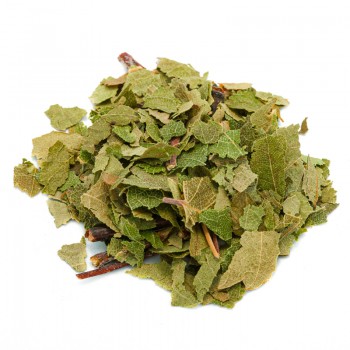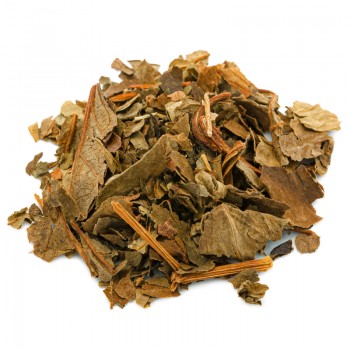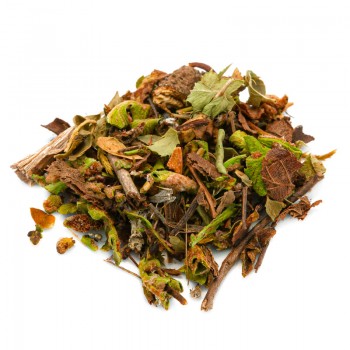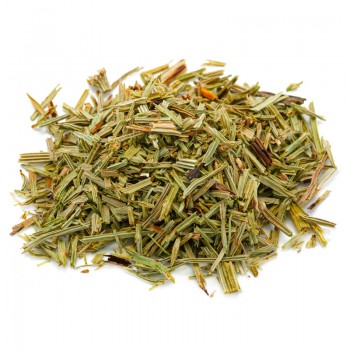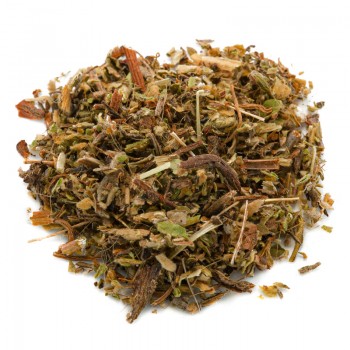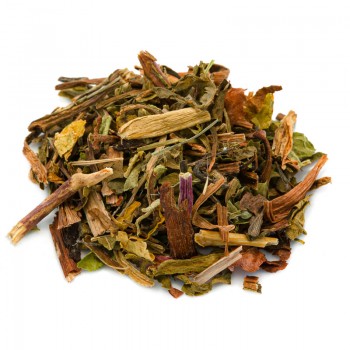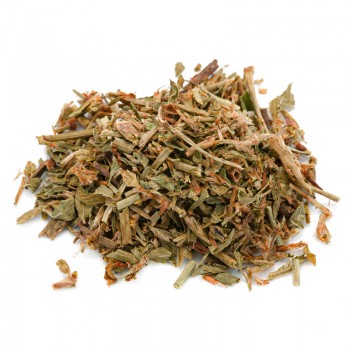Birch in herbal tea-cut leaves
Birch is a plant which in its leaves makes its excellent diuretic properties available to the body. A birch tea is perfect for a purification in case of water retention, cellulite, kidney stones; it also possesses eupeptic and anti-inflammatory characteristics of the digestive tract. At a dermatological level, it soothes wounds and skin diseases. Birch foliage is also useful in protecting the scalp, against dandruff and hair loss.
Ingredients: birch leaves
Botanical Name: Betula Pendula Roth
Origin: Poland
- 100°
- 3/5g ogni 250 ml
- 05/08 min. of infusion

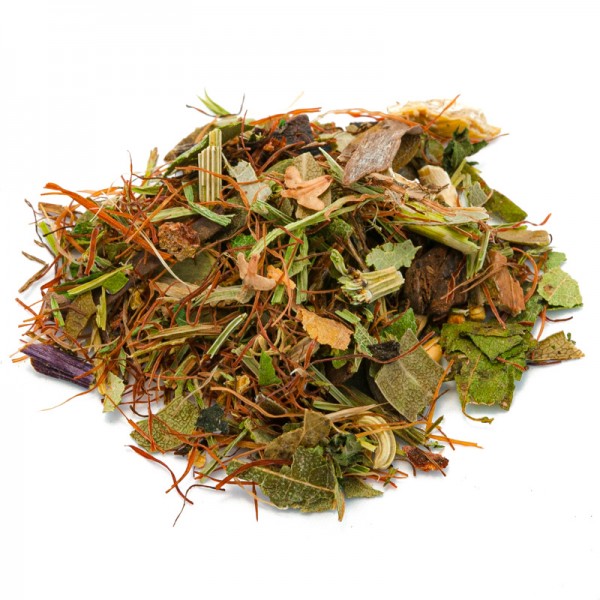







 No reward points for this product.
No reward points for this product.
